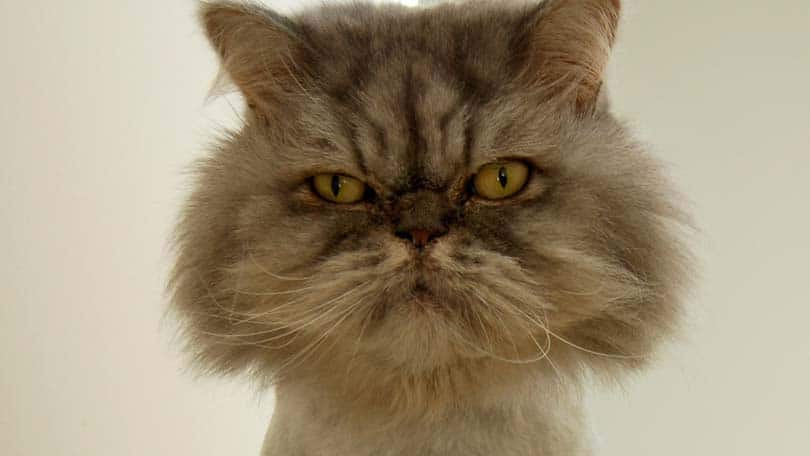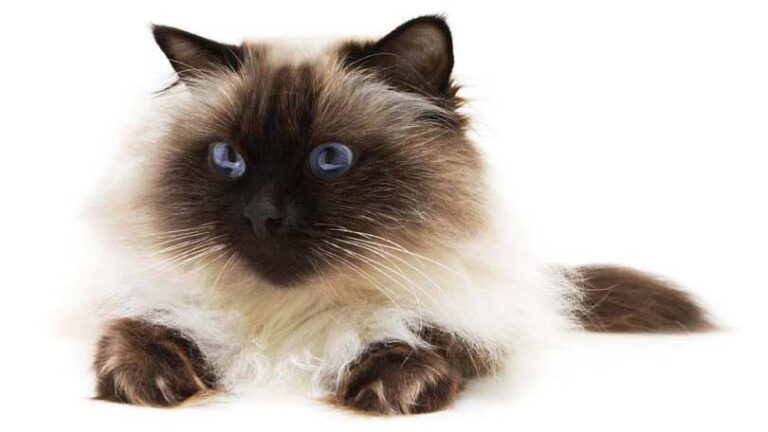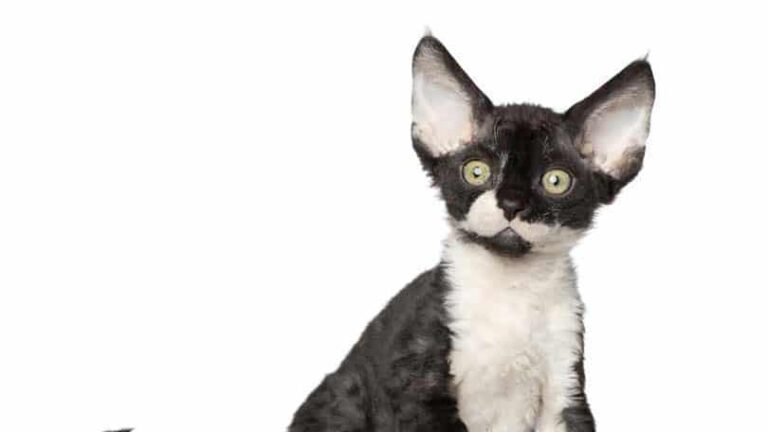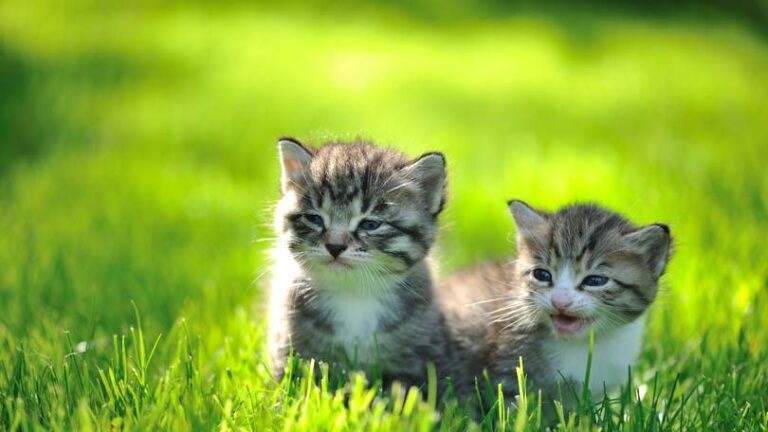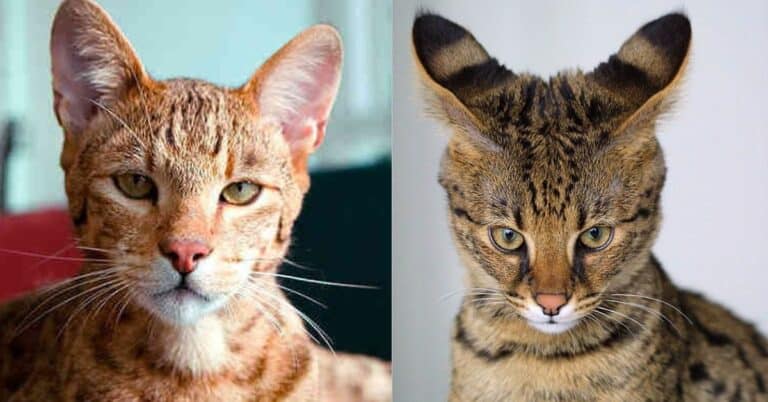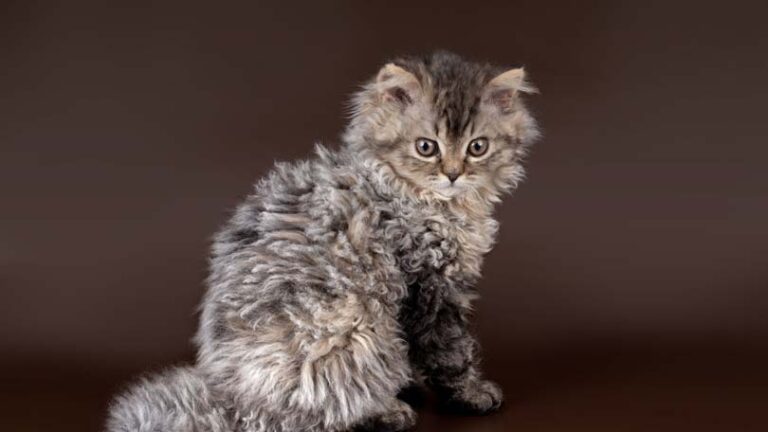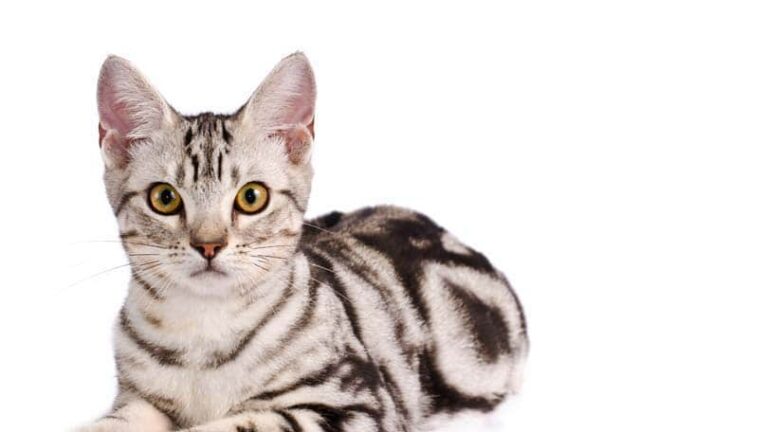The Secrets to Translating a Cat’s Language
Ever wonder how the Cat People somehow seem to just know what their cats are saying? Have you noticed that they all swear that their feline familiars speak to them?
Do you think it’s a crock?
Well, it’s actually not, and I am going to tell you a few secrets of the Cat Language so you can translate your cat’s meows and body language yourself! I’ll assume you’re a hopeful Rookie Crazy Cat Lady instead of a Dog Lover digging for information…
The Secret Language just for You
Your cat probably makes a myriad of noises, all foreign and all meaningful. To the untrained ear, it’s a bunch of noise and the cat is running around making a racket just to hear himself speak…or he’s doing it just to annoy you.
While this is true at times (hey, cats are rebels), more often than not, you’re just not getting it, so the cat feels the need to repeat himself until you do.
One thing that lots of people (even Cat People) don’t know is that cat’s don’t naturally “talk” like this in the wild. Kittens mew for their Momma, and Momma chatters to her babies…but adult cat’s don’t make noises for much other than hating and mating.
Cats have an intricate silent language amongst themselves that manifests in scent-talking and body language. They rub against things, they study the stance of an opponent, and they interpret silent signals from other cats…there is no need to “speak.”
However, pet cats have discovered that we are a lower life form lacking the ability to interpret these silent cues. They’ve also observed that we communicate with noises from our mouths. Therefore pet cats are smart enough to adjust their own communication instincts to accommodate us poor ignorant creatures.
Our cats talk…just for us!
Interpreting the Noise
While ever cat is different, and to truly grasp your cat’s language you’ll need to get to know your cat, there are a few cues that are pretty universal. Here are a few “common words” in the Cat Language.
The high-pitched short meow
This is a simple greeting, usually occurring when either you or your cat first enters a room. He will say “hello,” as he comes over to give you a leg-rub, the cat’s version of a friendly hug. If the short meow is repeated several times, it’s a more enthusiastic “Hi! I missed you! Where have you been all day!?” This one is accompanied often by the more enthusiastic cat-hug, which entails winding around your legs until you collapse on a couch, therefore offering an available lap and some petting.
Mid-pitched short meow
If this one doesn’t accompany the arrival of you or your cat into the room, then it is a wanting sound, “Hi, just wanted to let you know the food bowl is empty…and I ate the goldfish.”
Mid-pitched long meow
If you don’t understand the wanting meow for a while, your cat will increase the intensity of his efforts. The long, drawn out meow will be repeated several times, and means that he still wants whatever it is you were ignoring, “Hello? The food bowl is still empty and the goldfish snack is wearing off. I’m hungry!!!”
Low-pitched long meow
This is the “Mmmrrrrrrooowww,” that gets on your nerves so much. It’s designed to, and is your cat’s way of saying, “you have IGNORED my complaints, and there will soon be H*ll to pay!!” This is a request to “open that door this instant,” or to “put some food in my bowl before you get claw-surgery!”
High-pitched screech
Translates to “You just stepped on me, you @#$&%!!!” …usually followed by a threatening hiss.
Translating Tale-Speak
In addition to your cat’s speaking language, there is a whole plethora of cues you can pick up from their body language. While the whole cat can give you clues, watching the tail is the most valuable map to their mood.
A tail that is pointing up, or in a gentle curve down, then up at the end
This is a happy kitty, content and affectionate. Your cats tail in these positions mean it’s probably safe to pet.
A stiff, straight up “flag” tail
With or without a crook at the end, a straight staff tail means affection. Your cat’s tail probably looks like this when he’s “hugging” you by doing figure-eights around your ankles.
A twitchy tail
If the tail is twitching at the end, he’s feeling frisky and about to pounce on something. If it’s swishing back and forth dramatically, he’s plotting your eminent demise. If the tail is quivering and straight up, he’s happy.
A poofy tail
A fluffy arched tail means trouble, he’s about to draw blood on something. A puffed straight tail is the pre-cursor, and you should tread lightly. Fluffy and hanging low means something has scared the big bad kitty.
One Last Secret
When your cat is in sic-‘em mode, there is a definite stalker air…watch closely (from a safe distance) and you’ll see his pupils get bigger right before the BIG POUNCE.

Having discovered a fondness for insects while pursuing her degree in Biology, Randi Jones was quite bugged to know that people usually dismissed these little creatures as “creepy-crawlies”.

